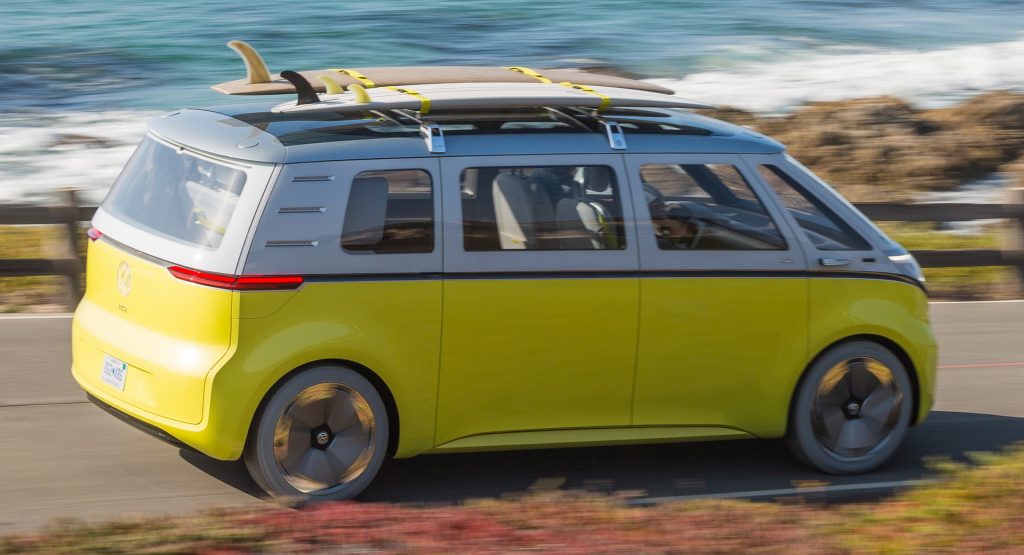It’s a common refrain that car colors today are boring. But that is, unfortunately, because they are boring. The good news is that tastes may be changing.
At least that’s what Volkswagen’s Senior Color and Trim Designer, Jung Lim Park, thinks. Although most cars are white, black, or gray, your phone screen and its manufacturer’s desire to prove how good it is might lead to a taste for more colorful cars.
“Color is always shifting, and our color perception is always evolving depending on what we see, what we observe, and what we live with,” said Park. “[Color design] is complicated and a complex theory that depends on the design of the car, type of the car, the size of the car, and also types of trends that project on certain demographics and lifestyles.”
Park states that color trends in cars are still very regional. Whereas the whole fashion world might decide that bright, vivid colors are popular all at once, tastes in car colors vary from market to market.
“Working in the color world, I learned that Asia Pacific, Europe, and North America have very distinct color preferences,” said Park. “For example, Asia Pacific is actually the least colorful [region]… and in Europe, compared to North America, gray has always been more popular than silver, as has been blue.”
Also Read: Most Popular New Car Color In The UK In 2020 Wasn’t Black Or White
But North America is becoming more enamored of gray. That’s thanks partially, though, to gray’s variability. Silver has a much more limited range than gray, which can be brighter or darker, shinier or more matte, and more besides.
So the desire for a bit of expression is worming its way into the market. On Twitter, brighter colors are being called for. In fact, VW tried to cash in on that with the successful Spektrum program that made every historical Golf color available to the Golf R.
It’s not just Volkswagen, though. When it introduced the Bronco, Ford showed it off in bright yellows and blazing oranges. And that nostalgia may also be helping vivid colors make a comeback.
“The colors found on the original Buses and Beetles are iconic to Volkswagen and continue to be recognized even as the colors are no longer in production,” Park explains. “The bright contemporary yellow on theVolkswagen ID. Buzz concept is a great example of how the original color image could be reinterpreted for the high-tech and it is not available in other places but in Volkswagen.”
But it’s the bright colors found online, on our phone screens, and in the media we consume that are likely to have the biggest impact, argues Park.
“We are all so impacted by our digital life through the pandemic, and the colors you mainly see are [on] your screen more than actual physical objects,” he says. “The future is getting colorful, for sure.”





